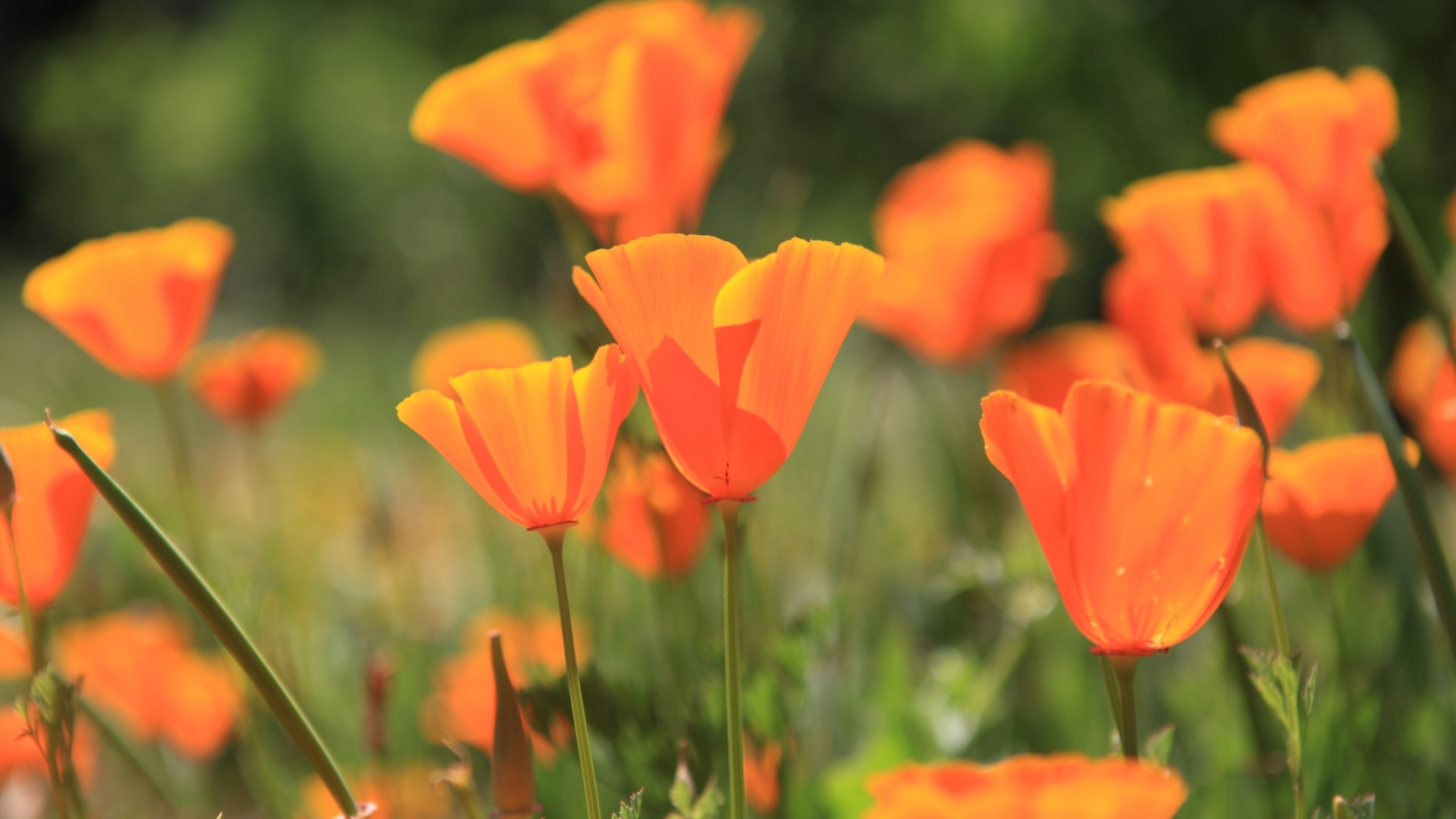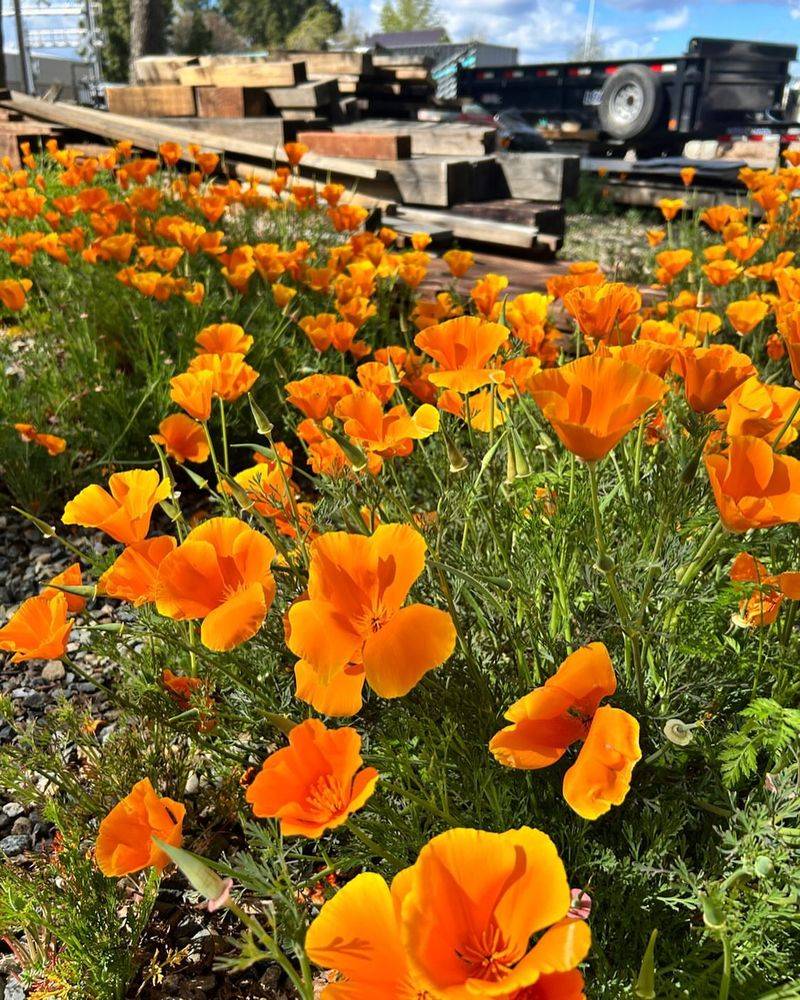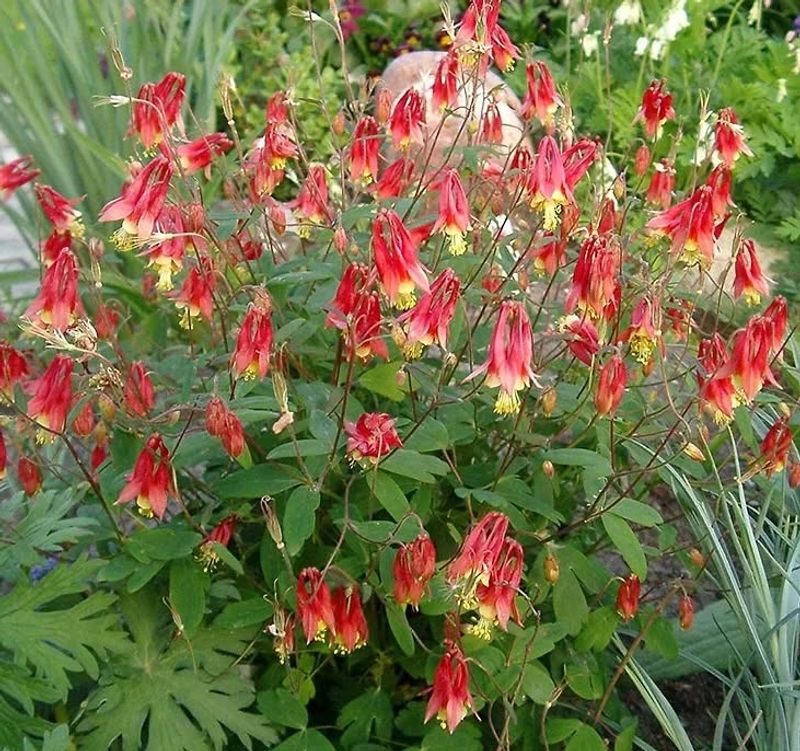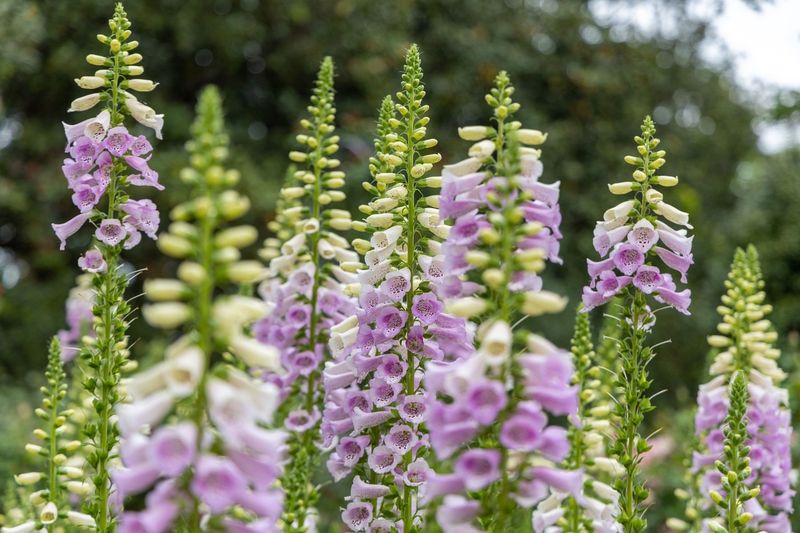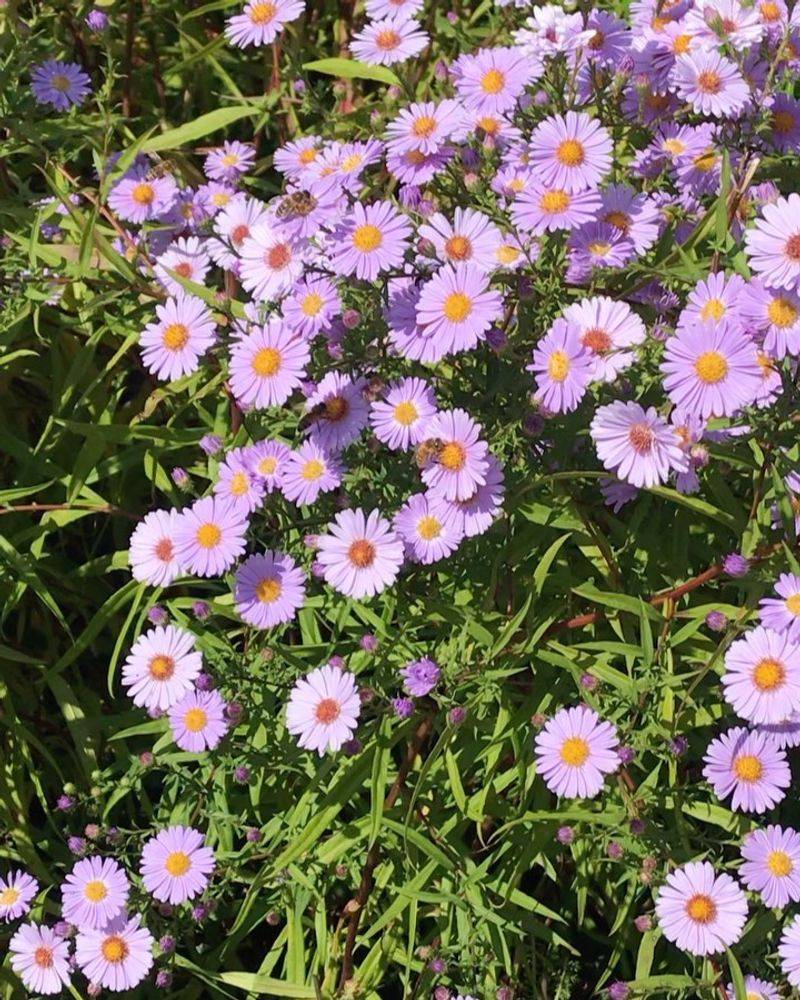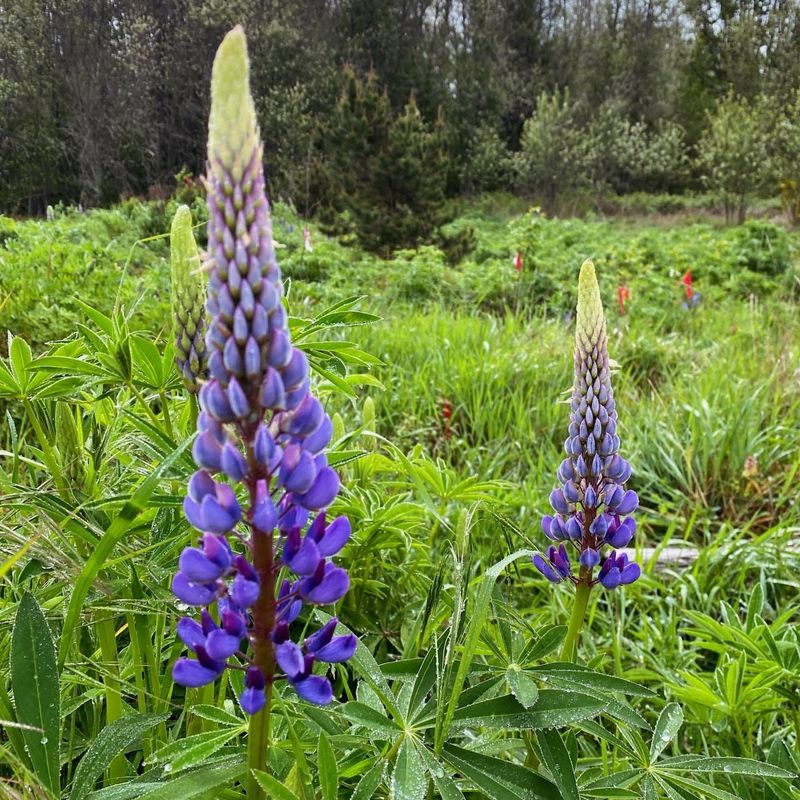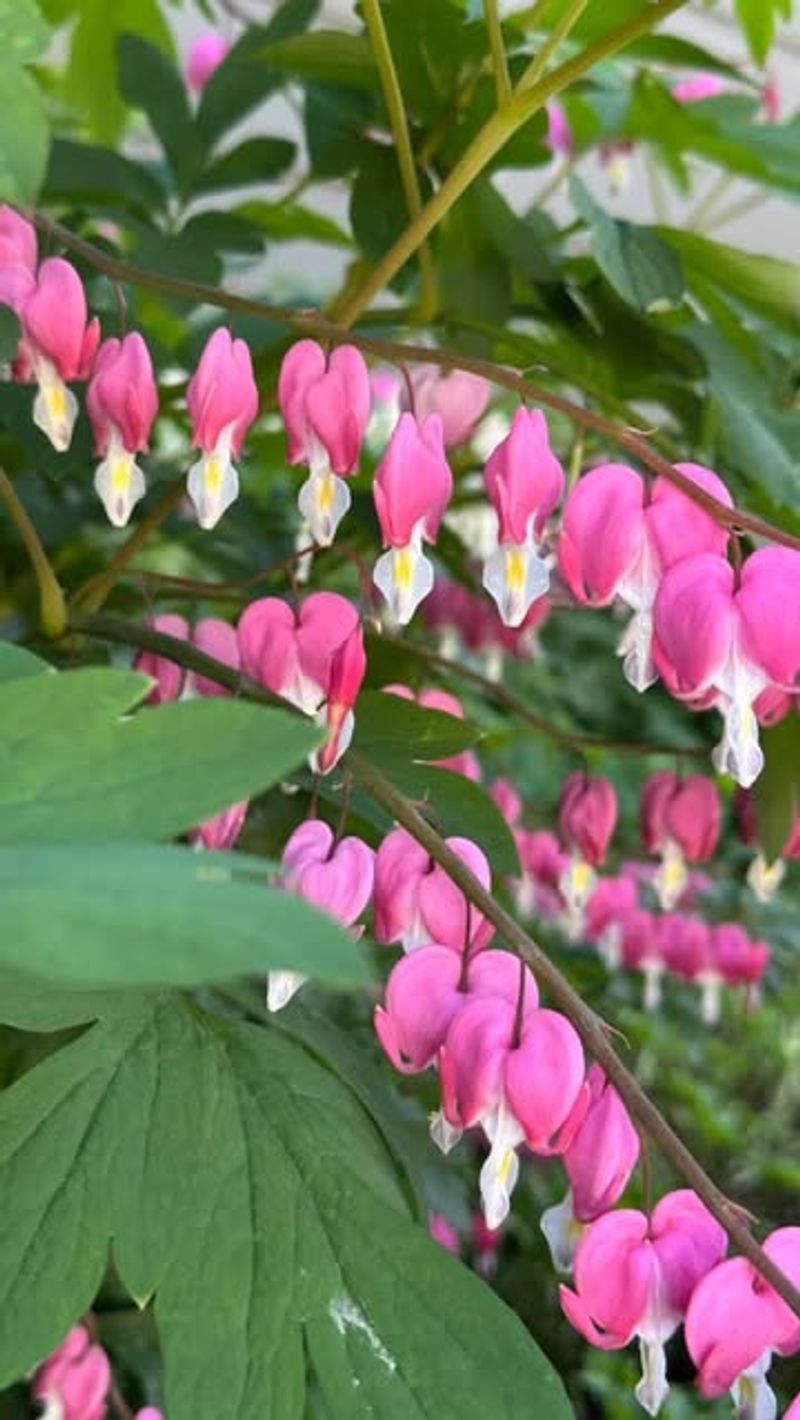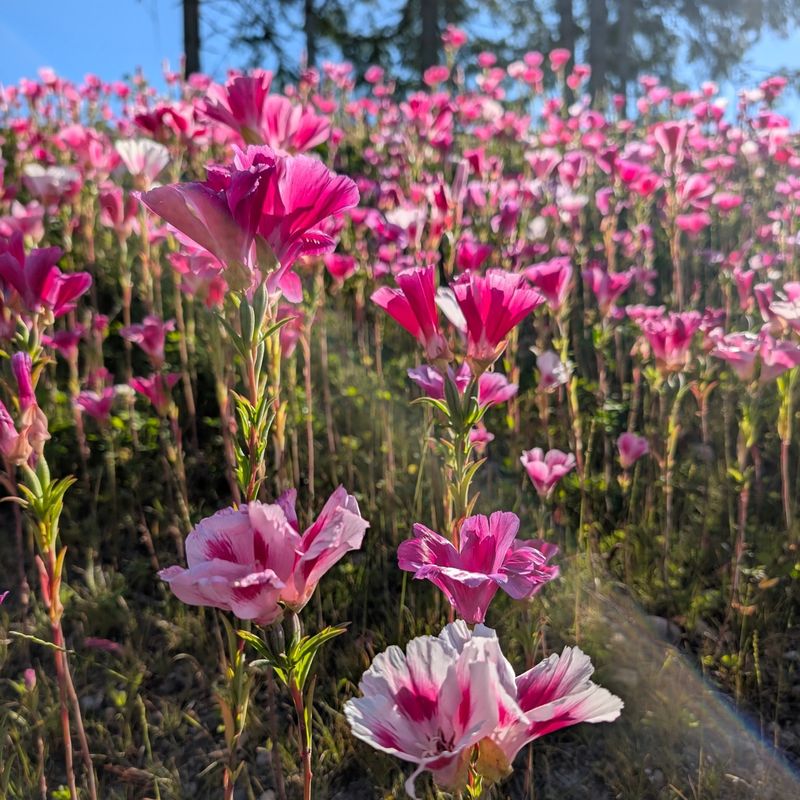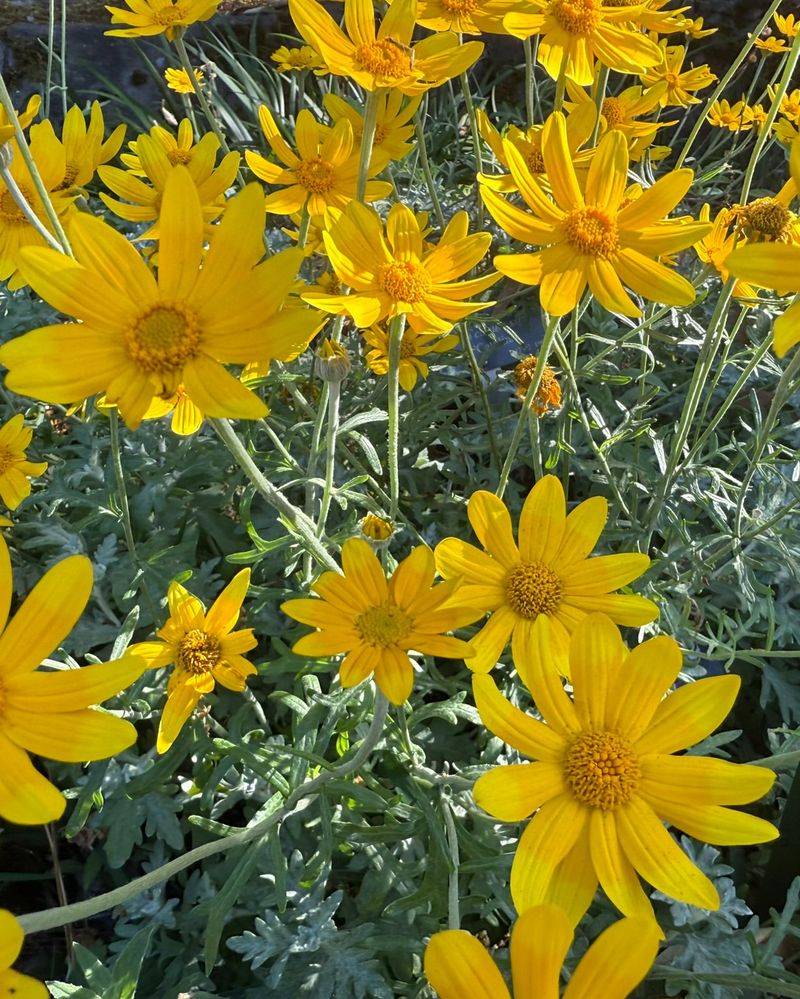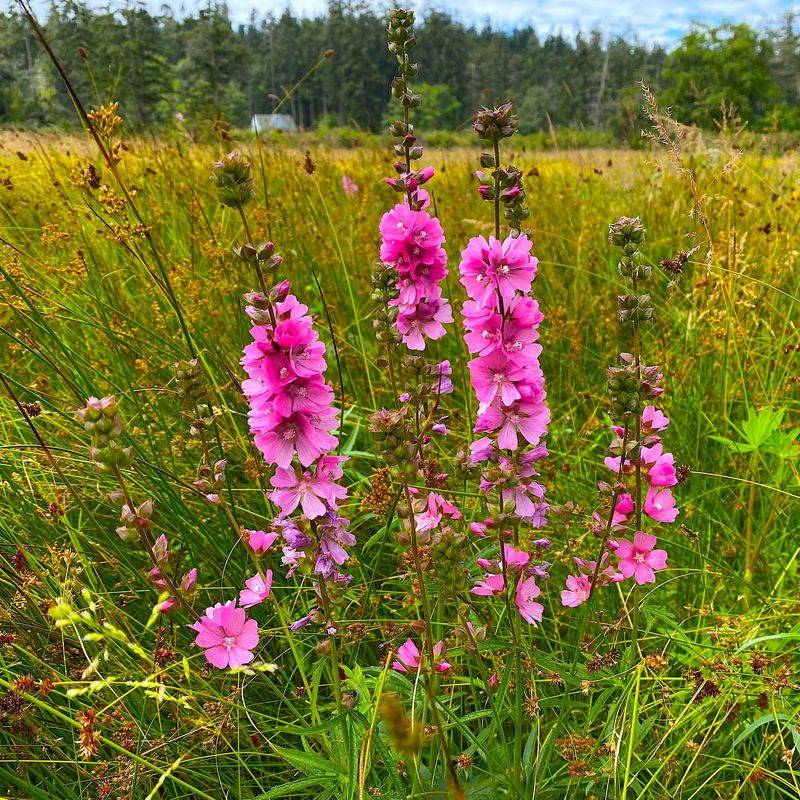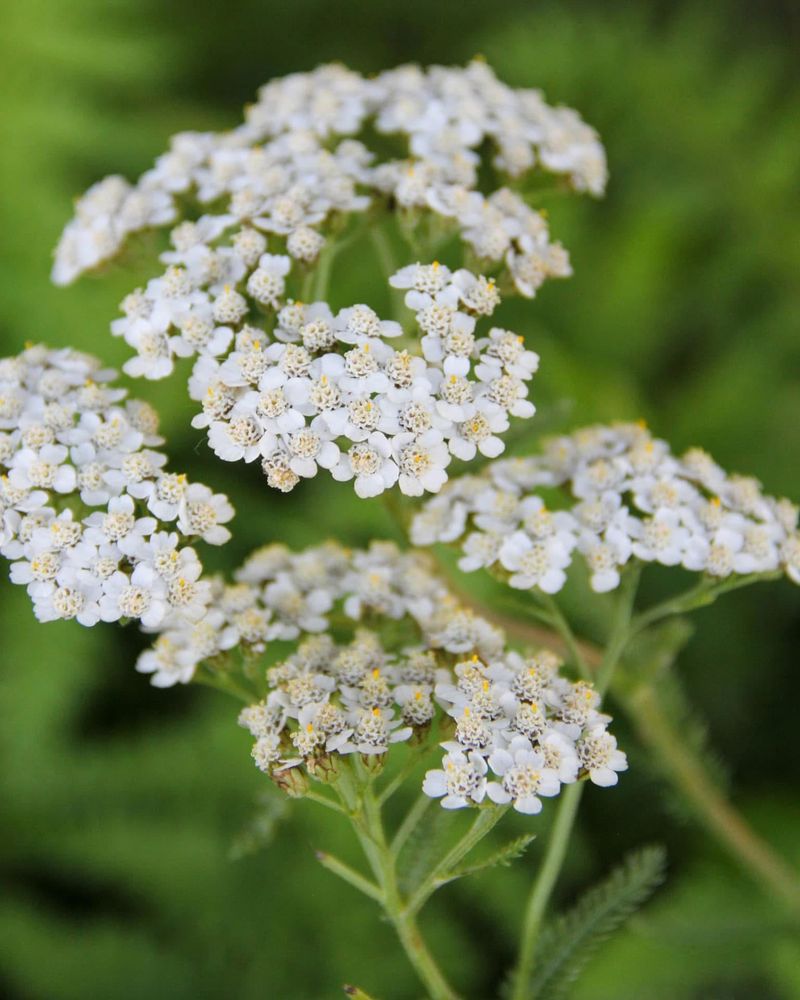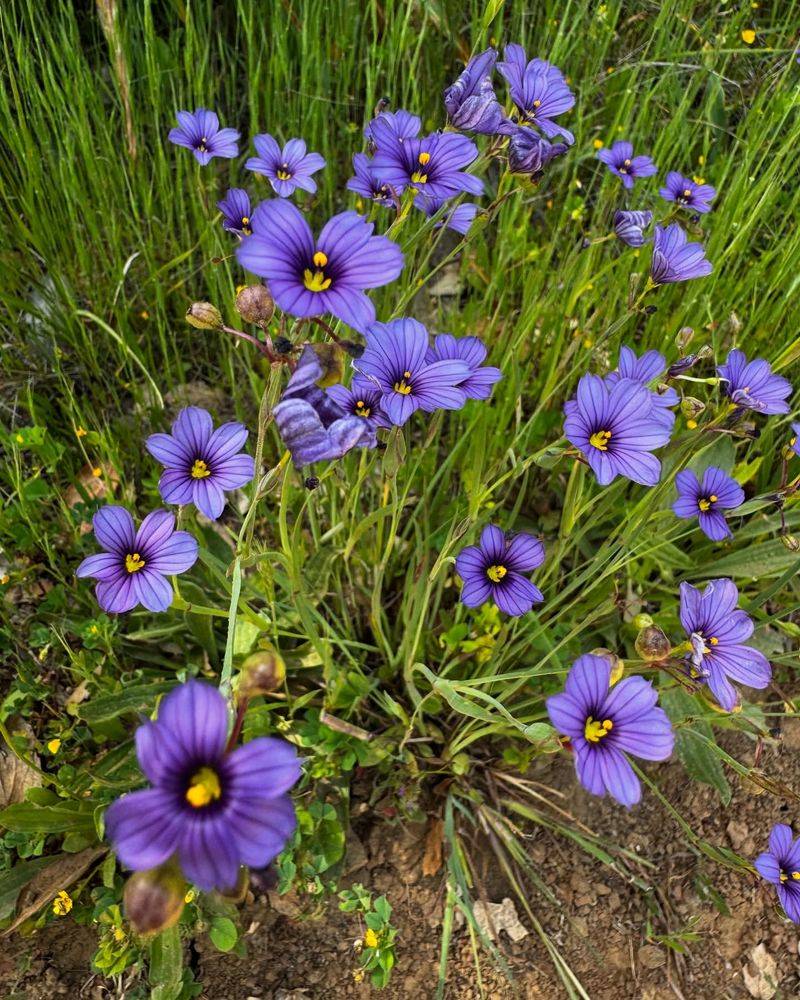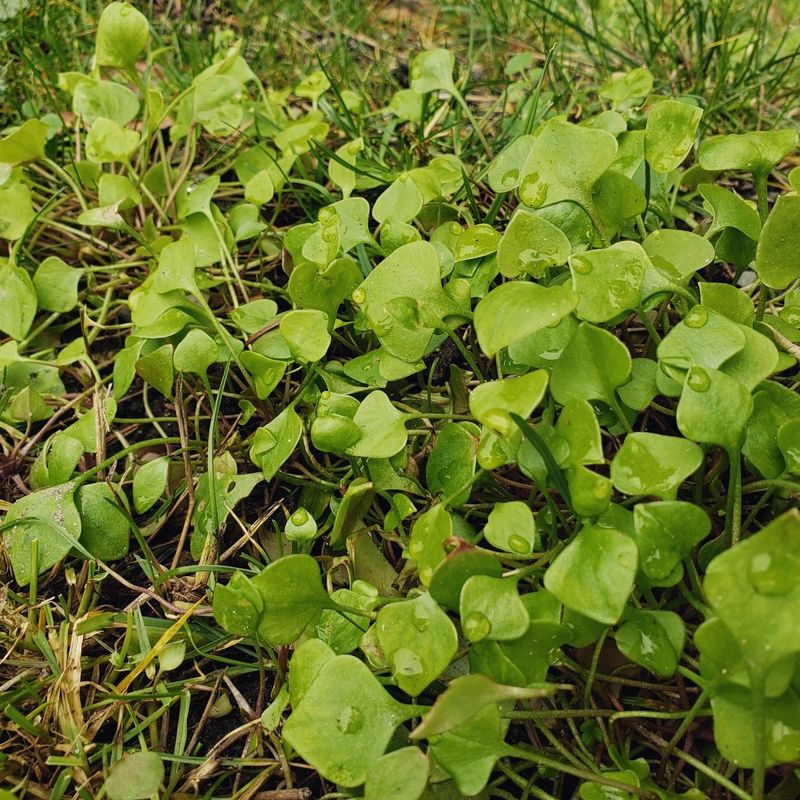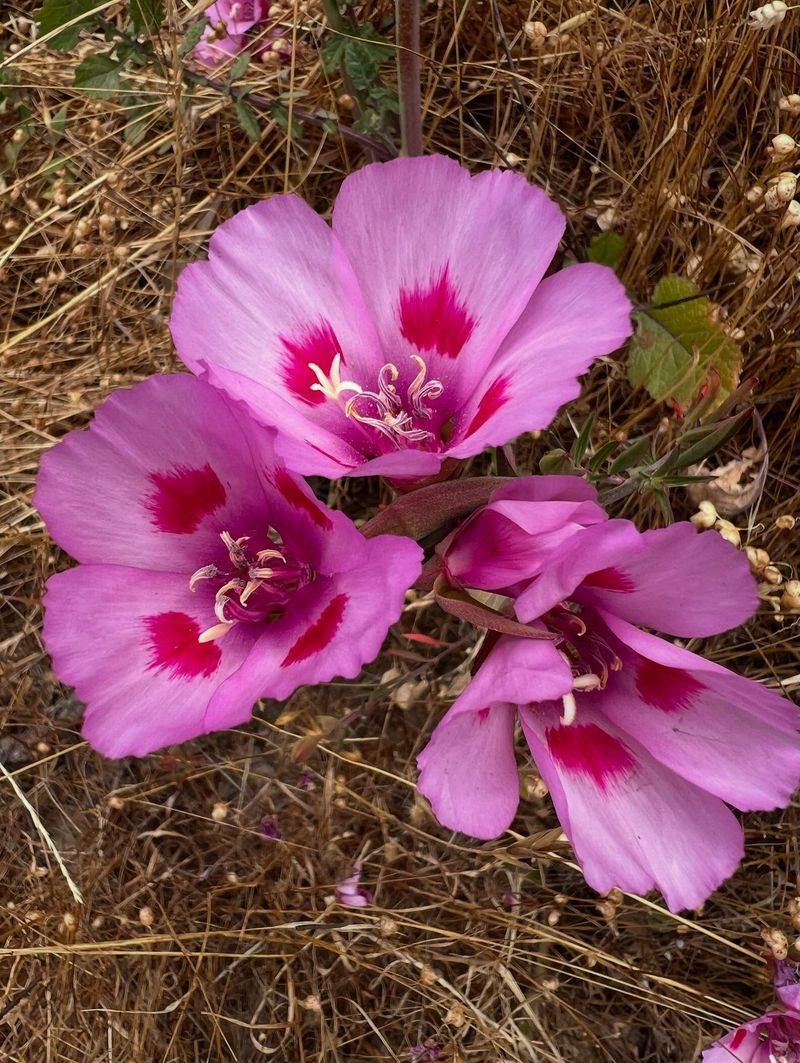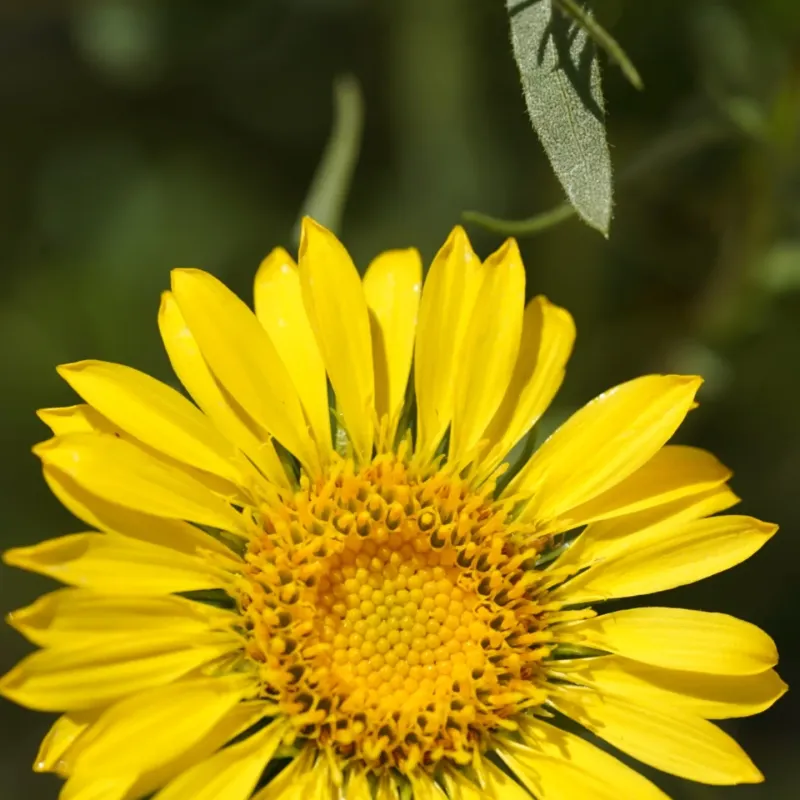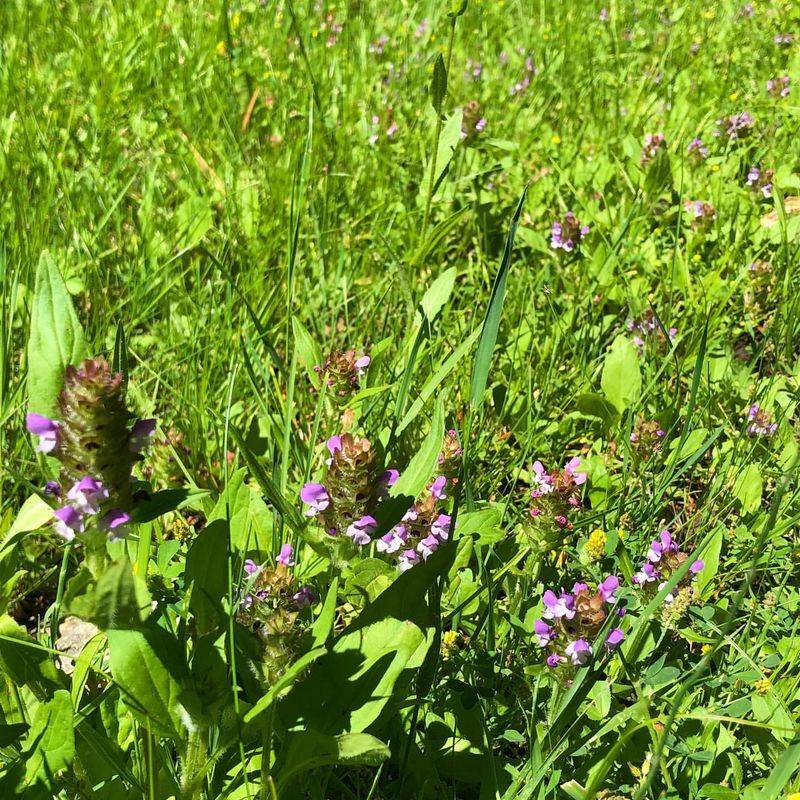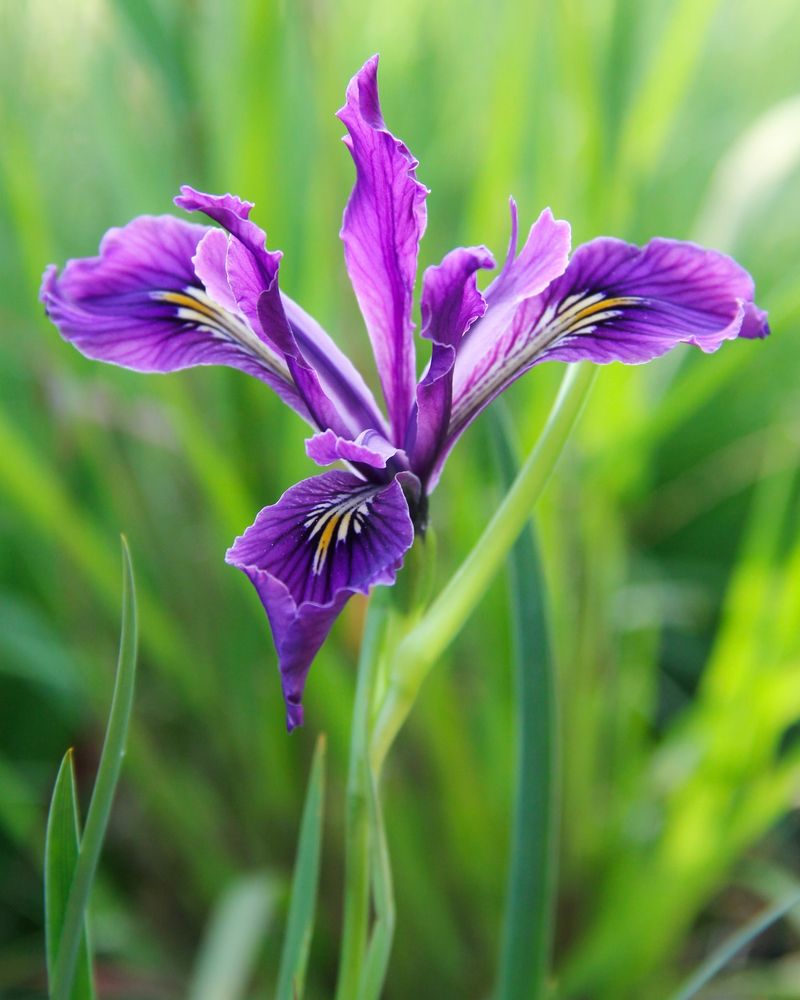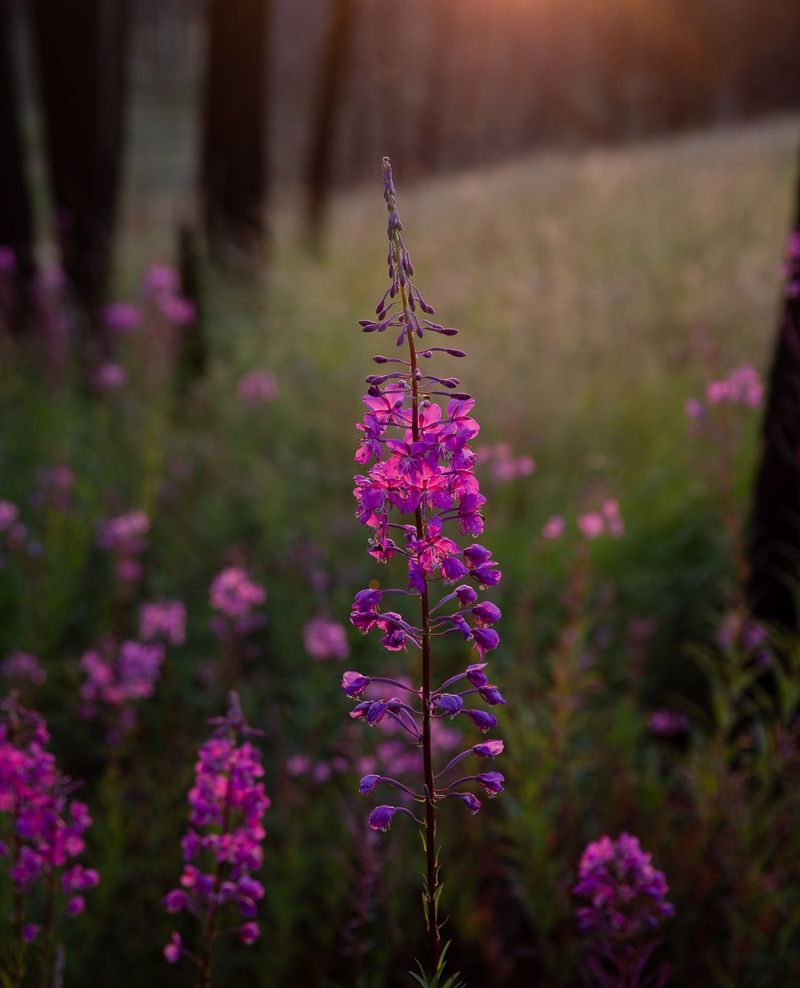Oregon gardeners, listen up! These 19 native plants don’t just grow—they spread their magic all on their own.
No need to fuss with mulch or extra care because they self-seed beautifully, turning your garden into a thriving, low-maintenance paradise. It’s like having nature do the hard work while you sit back and enjoy the show.
Ready to let these plants take the lead?
1. California Poppy
Bright orange blooms carpet Oregon hillsides each spring without any help from gardeners. These drought-tolerant beauties drop seeds that sprout with winter rains.
In Western Oregon gardens, they’ll return year after year, creating stunning drifts of color. Just let the seed pods mature and burst open naturally for a self-sustaining display.
2. Columbine
Delicate, nodding flowers in various colors dance above ferny foliage throughout Oregon gardens. Hummingbirds absolutely adore these springtime treasures.
After flowering, distinctive seed pods form and eventually scatter their contents. Many Oregon gardeners find volunteer columbines popping up in rock crevices and between pavers, creating delightful surprises.
3. Foxglove
Tall spires covered in tubular blooms create vertical drama in woodland edges across Oregon. Bees buzz happily inside each spotted flower, ensuring excellent pollination.
Each plant produces thousands of tiny seeds that scatter on the breeze. Throughout Oregon’s western valleys, foxgloves naturalize beautifully in partially shaded areas with acidic soil.
4. Douglas Aster
Late summer brings waves of lavender-blue daisies that pollinators can’t resist. Native to Oregon’s meadows and forest clearings, this aster spreads steadily but isn’t aggressive.
Seeds develop after flowering and disperse with fall winds. Many Oregon gardeners appreciate how they fill empty spaces with carefree color, especially in coastal gardens where they thrive.
5. Lupine
Spikes of pea-like flowers in purple, blue, or pink rise above distinctive palmate leaves. Wildlife value is exceptional – butterflies lay eggs on lupines while bees collect pollen.
After flowering, fuzzy seed pods develop and eventually pop open. Throughout Oregon’s Willamette Valley and mountain meadows, lupines create breathtaking natural displays without any human intervention.
6. Bleeding Heart
Heart-shaped pink flowers dangle from arching stems in spring, bringing woodland charm to shady corners. Native to Oregon’s forests, Pacific bleeding heart goes dormant in summer after setting seed.
Tiny heart-shaped seedlings appear the following spring in unexpected places. Many Oregon gardeners discover these delightful volunteers in mulched beds and along north-facing foundations.
7. Clarkia
Cheerful pink blooms with distinctive petals brighten summer gardens and meadows. Also called farewell-to-spring, this annual native thrives in Oregon’s Mediterranean climate with winter rains and dry summers.
Seeds scatter after flowering and remain dormant until conditions are right. Throughout Oregon’s Rogue Valley and beyond, clarkia creates stunning natural meadows that return reliably each year.
8. Oregon Sunshine
Silver-gray foliage creates a beautiful backdrop for cheerful yellow daisy-like flowers. This drought-tolerant native thrives in poor soil and full sun throughout Oregon’s eastern regions.
After flowering, fluffy seedheads form and disperse on the wind. Many Central Oregon gardeners welcome these tough plants in rock gardens and along sunny pathways where little else grows.
9. Meadow Checkermallow
Tall stems topped with clusters of pink mallow flowers sway gracefully in summer breezes. Native to Oregon’s wetlands and moist meadows, this perennial attracts numerous pollinators.
Round seed capsules form after flowering and eventually split open. Throughout Oregon’s Coast Range and valley bottoms, checkermallow creates stunning pink drifts that return larger each year.
10. Yarrow
Flat-topped clusters of tiny white flowers hover above ferny, aromatic foliage. This tough native thrives in Oregon’s diverse growing conditions from coast to high desert.
Seeds develop and scatter with fall winds, establishing new plants readily. Many Oregon gardeners appreciate yarrow’s drought tolerance and how it fills sunny spots with carefree blooms that support beneficial insects.
11. Blue-eyed Grass
Despite its name, this charming native is actually related to irises, not grasses. Tiny star-shaped blue flowers dot grassy foliage in spring throughout Oregon meadows.
Seed capsules form after flowering and eventually split open. Throughout Oregon’s Willamette Valley and coastal areas, blue-eyed grass forms delightful colonies that expand gradually each year.
12. Miner’s Lettuce
Rounded leaves with tiny white flowers in the center make this native groundcover instantly recognizable. Found naturally in Oregon’s moist woodlands, it’s edible and was once used to prevent scurvy.
Seeds drop and remain viable for years in the soil. Many Oregon gardeners welcome this ephemeral spring plant that fills bare spots before summer perennials emerge.
13. Farewell-to-Spring
Cup-shaped pink flowers with spotted petals bring vibrant color to early summer landscapes. This annual native thrives in Oregon’s oak savannas and open meadows with well-drained soil.
Seed pods form and eventually split open, scattering their contents. Throughout Oregon’s southern counties, these cheerful wildflowers create stunning natural displays that return reliably each year.
14. Red Columbine
Nodding red and yellow flowers dangle from slender stems above delicate foliage. Hummingbirds follow the spring bloom progression up Oregon’s mountains as these natives flower.
Distinctive seed pods form and eventually scatter their contents nearby. Many Oregon woodland gardeners discover volunteer seedlings in unexpected places, creating delightful natural patterns.
15. Gumweed
Cheerful yellow daisy-like flowers sit atop sticky buds that give this plant its common name. This tough native thrives in harsh conditions throughout Oregon’s eastern regions.
Seeds form and disperse with fall winds, establishing new plants readily. Many Central Oregon gardeners appreciate how gumweed fills sunny, dry spots with carefree blooms that support pollinators.
16. Self-Heal
Small purple flower spikes rise above creeping foliage, creating excellent groundcover in meadow gardens. This versatile native grows throughout Oregon in various conditions from sun to partial shade.
Seeds develop and drop directly below parent plants. Many Oregon gardeners welcome self-heal in lawn alternatives and between stepping stones, where it creates durable, flowering pathways.
17. Oregon Iris
Bold purple flowers with distinctive markings brighten spring meadows across the state. This native bulb thrives in Oregon’s seasonal wet-dry cycle, blooming after winter rains.
Seed pods form and eventually split open, scattering their contents. Throughout Oregon’s Willamette Valley and beyond, these iris create stunning natural displays that expand gradually each year.
18. Fireweed
Tall spikes of magenta flowers bring vibrant color to disturbed areas and forest clearings. After wildfires sweep through Oregon forests, this aptly named native is often the first to return.
Feathery seeds disperse on silky parachutes, traveling far on the breeze. Many Oregon mountain gardeners welcome fireweed’s cheerful blooms and its ability to stabilize soil on slopes.
19. Sea Blush
Delicate pink blooms carpet coastal areas and inland meadows with spring color. This diminutive annual native thrives in Oregon’s poor soils where other plants struggle.
Seeds drop and remain viable in soil for years. Throughout Oregon’s coastal counties, sea blush creates stunning natural displays that return reliably each year after winter rains.

